
The Shrine Scepter


The Shrine Scepter
This section presents a codification of the matriarchal science of Relational Repair. It is not a simple inventory of desert flora, but an Ethnobotany of the Soul; a ritual framework that demonstrates how ancestral plant knowledge functions as the primary tool for healing a world wounded by Cosmocide. In the face of violence that attacks both the land and the body bridging the physical evidence of harm recorded in The Soma with the landscape of grief held in The Psyche. Each plant, passed down through the Archive of the Spirit, is a ritual instrument with a specific role in the Shrine.
Peganum harmala (Harmal) is the tangible tool used to confront Togerchet (the Evil Eye). In defiance of a purely extractive or clinical gaze proposing an indigenous, botanical science as an equally valid and more effective system of justice. This ethnobotany is the materia medica for Cosmocide, the proof that within the very land that was poisoned lies the medicine for its own mending.


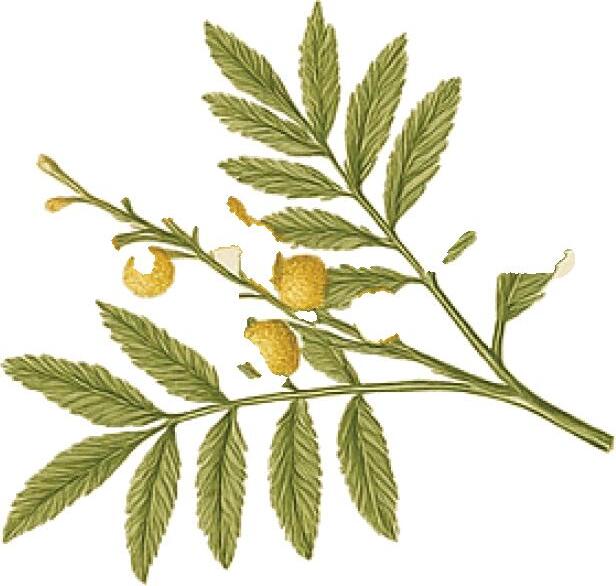



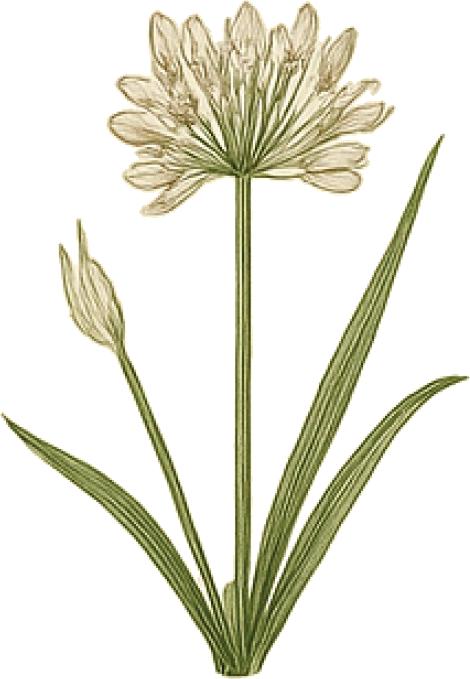




Harmal / Peganum harmala
Ritual Role: To Purify, To Open Truth
Dedicated to Rakia Agouma
In the Shrine's tribunal, Harmal is burned at the entrance. Its smoke is a ritual purifier, a powerful agent against the spiritual poison of envy (Togerchet), but it is also a demand for clarity. We dedicate this herb to Rakia Agouma, whose husband drove trucks in the uranium mine for 31 years before dying of a mysterious illness. When the company hospital diagnosed him with malaria, her grief was compounded by the poison of a lie. Her cry is the foundational demand of the Shrine, a refusal of the state's gaslighting. The smoke of Harmal is the antidote to the fog of institutional denial; it is burned to open a space where the truth, finally, can be spoken.
"When he died at Areva's hospital, she was apparently told it was malaria. 'The doctors don't tell the truth,' she says. 'They're liars.'"
Miswak / Salvadora ica
Ritual Role: To Cleanse, To Open the Legal Assembly
Dedicated to Bamira Hassane
The Miswak twig is an ancient tool for purification, used to cleanse the mouth before prayer or speaking. In the Shrine, it represents the Law of the Circle, the preparation for a sacred legal gathering. We dedicate it to Bamira Hassane, the 23-year-old operator for the Alarm Phone Sahara, an emergency hotline. Every day, she answers 30 to 40 calls from the desert from those stranded, deported, or in need of medical support. Her work is a constant act of cleansing. She takes stories of chaos and despair and transforms them into clear, actionable cases. She is the first point of contact, the one who opens the assembly and prepares the way for justice.
"Most requests are for medical or food support; many emergency calls originate from the desert or from deportees in Algeria."
Artemisia / Artemisia herba-a a
Ritual Role: To Grieve, To Transform Sorrow Dedicated to Khanoufa
Artemisia, or desert wormwood, is a bitter herb used in healing baths and given for deep grief. It is the medicine for Ecomelancholia. We dedicate it to Khanoufa, who as a ten-year-old shepherdess, witnessed the immediate aftermath of the Tawrirt nuclear test. Her testimony is not a political analysis but a raw, sensory archive of a child’s horror: the sound of the mountains vibrating "dez dez dez dez dez," the sight of a "white ball" of smoke, and the unbearable image of the wadi filled with the bodies of her animals. Artemisia does not erase this sorrow; it creates a sacred space to hold it, allowing the work of transformation to begin.
"We were children, when we came back, the donkeys were dead, the goats were dead, all these creatures were dead in their entirety, the wadi was filled with the corpses of all these herds and donkeys, we were little children, we didn't even know that death existed..."
Fenugreek / Trigonella foenum-graecum
Ritual Role: For Regeneration
Dedicated to Pita David
Fenugreek is a powerful seed, known throughout North Africa and the Middle East as a source of nourishment and strength, particularly for women after childbirth. It is the herb of regeneration. We dedicate it to Pita David, a 35-year-old Nigerian migrant and mother, stranded in Agadez after being deported from Libya. Her story connects the historical violence of the region to the contemporary crises of migration and immobility. She is "stuck," yet she endures, caring for her baby and fighting to regenerate her life against impossible odds. Fenugreek symbolizes this profound, grounding, female resilience.
"There is no future for me in Niger. don't want to go back, but with a baby to take care of, it's not easy to earn the money to continue my journey, so I'm stuck here."
Ephedra / Ephedra alata
Ritual Role: For Vitality, For Invigoration
Dedicated to Fatima
Ephedra is a powerful desert shrub, a ritual stimulant used to provide strength and endurance for long journeys. It represents the life force that persists in the harshest conditions. We dedicate this herb to the ninth matriarch, Fatima. She is the ancestor, the grandmother, the veiled witness. She represents the unbroken chain of matrilineal knowledge. While other herbs heal specific wounds, Ephedra is used in the Shrine to invoke the enduring vitality of the entire matriarchal line; the spiritual energy that fuels the fight for justice and ensures that life will continue, against all odds.
Damask Rose / Rosa damascena
Ritual Role: For Remembrance, For Resurrection Dedicated to Oum-el Kher
The Damask Rose is the queen of flowers, a symbol of divine love, beauty, and resurrection. In the Shrine, its petals are placed at the center of the cosmogram during the most sacred rituals. It is the ultimate herb of Remembrance and hope. We dedicate it to Oum-el Kher which literally means the mother of good, whose testimony speaks of the most profound horror of Cosmocide: the war on the womb. She is the witness to the generation of children born "deformed, deaf, misshapen". Her story is the ultimate evidence of a world being unmade. Against this darkness, the rose is not a gentle flower; it is a defiant act of faith. It is the promise of resurrection, a declaration that even after the deepest wound, beauty and new life will, somehow, find a way to bloom again.
"They had handicaps in their legs, their feet were deformed, yes their hands were deformed too... After that, it spread to all the children, uhun, voila!"
Prima Ma ria
At the center of this cosmos, there is no empty Earth. There is a Constellation of Witnesses. In a radical act of cosmological reclamation, the work takes the geocentric map of the universe and places the collective matriarchy at its heart, declares that the Prima Materia, the primordial, fertile substance from which all life emerges is not inert soil, but the living, breathing body of woman. The Earth is the Cosmic Womb, and this womb is a council of mothers, daughters, and ancestors. All of creation, from the waters to the divine thrones, radiates outward from them. This is the visual law of a Gynae-cosmology, a universe structured around the feminine principle not as a passive vessel, but as the generative, sovereign source.
Such is a lived and violated truth. The logic of Cosmocide is enacted through a dual, inseparable violation: the rape of the land and the rape of the woman. The industrial violence of uranium mining is a literal tearing open of the Earth's body. It is a deep, extractive wound that poisons the soil and the water, leaving a "deep, biological scar" that lasts for generations. This physical desecration of the Earth's womb is mirrored with horrific precision on the bodies of the women who call that land home. When the state map re-draws a territory as a lawless "zone of insurgency," it provides the political pretext for soldiers to violate that territory and, as documented by Human Rights Watch near Gougaram, to violate the bodies of the women who live there. The violation of the land enables the violation of the woman.
This violence extends beyond the immediate and into the slow, cellular domain. When the land is saturated with radioactive contaminants, the Earth’s womb becomes a source of poison. This poison is then carried into the woman’s womb. The testimony of Tuareg witness Oum-el-Kher, who speaks of a horrifying legacy of children born with severe deformities, is the ultimate evidence of Cosmocide. It is a war waged on the generational line itself, an attack on the body’s most sacred capacity: to create and nurture life. As ecofeminist scholar Vandana Shiva argues, this patriarchal violence against nature and against women stems from the same impulse to dominate and control all that is life-giving.
It is precisely because the body is the primary site of this violence that it becomes the ultimate Counter-Archive. When the land is poisoned, the maps are lies, and the official records are a denial of truth, the body becomes the last sovereign territory and its most reliable document. The truth is archived in flesh, blood, and bone. It is written in the very somatics of being. The hair, woven into intricate braids, is a living library of lineage and identity, a physical thread connecting a woman to her mother and her mother’s mother. The hands, decorated with the ephemeral patterns of henna, become a canvas for ritual law and prayer, a temporary archive of blessings and protections. The feet hold the memory of nomadic routes, the unwritten maps of a geography now criminalized by colonial borders.
And the womb, the site of such profound trauma, also becomes the deepest archive. It holds the grief of Ecomelancholia, the rational sorrow for a wounded world and the memory of every child lost or born into suffering. Yet it also holds the resilient, life-affirming power of the Prima Materia. The "Constellation of Witnesses" is the embodiment of this living, breathing, wounded, and sacred archive. They are the source from which any true justice must be born. The Saharan Sh(r)ine, therefore, is the architecture built to do one thing: to listen to these bodies and to honor their truth as law.
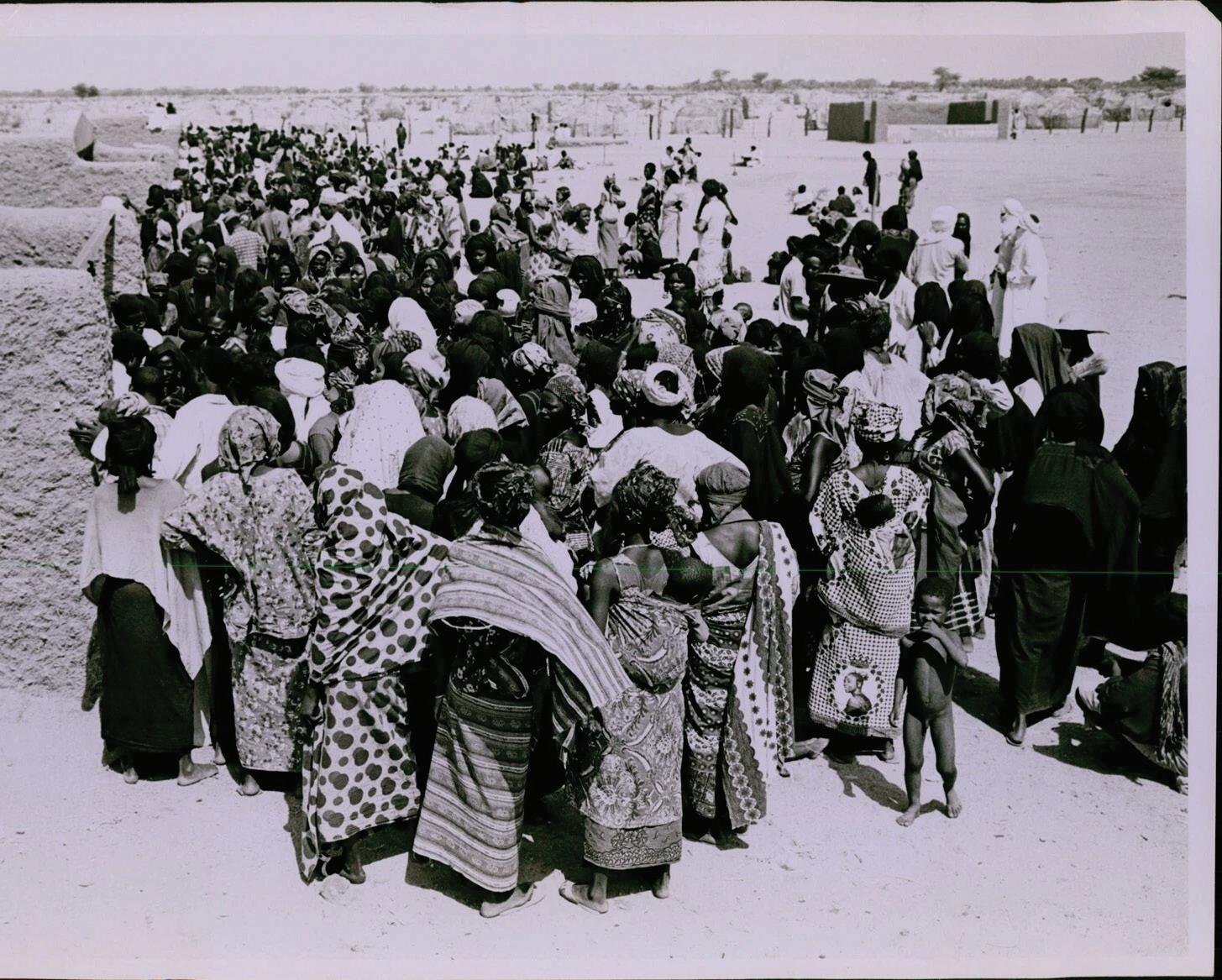












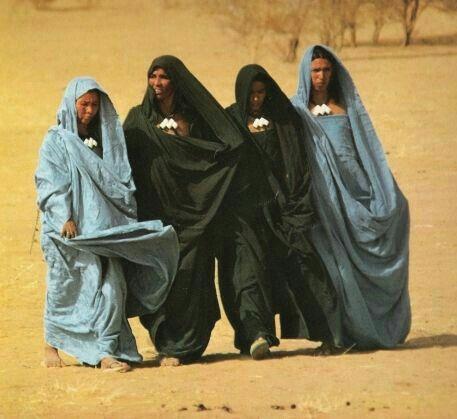





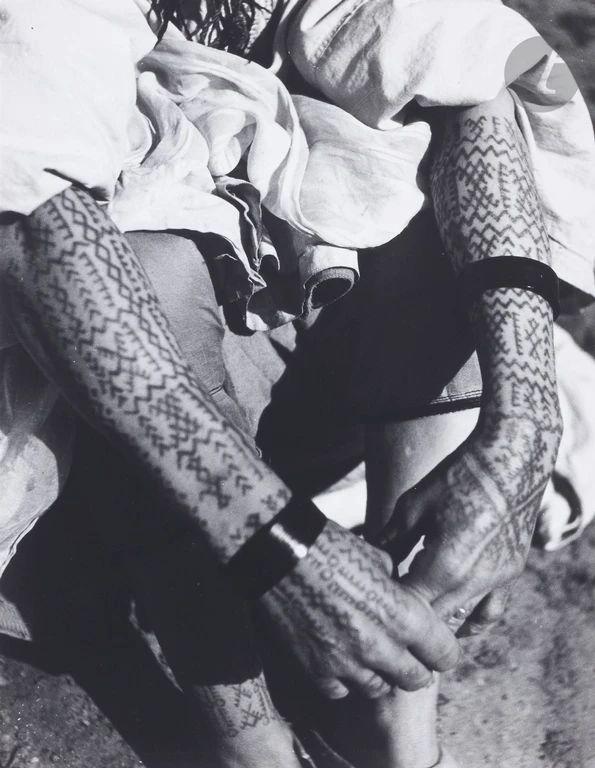

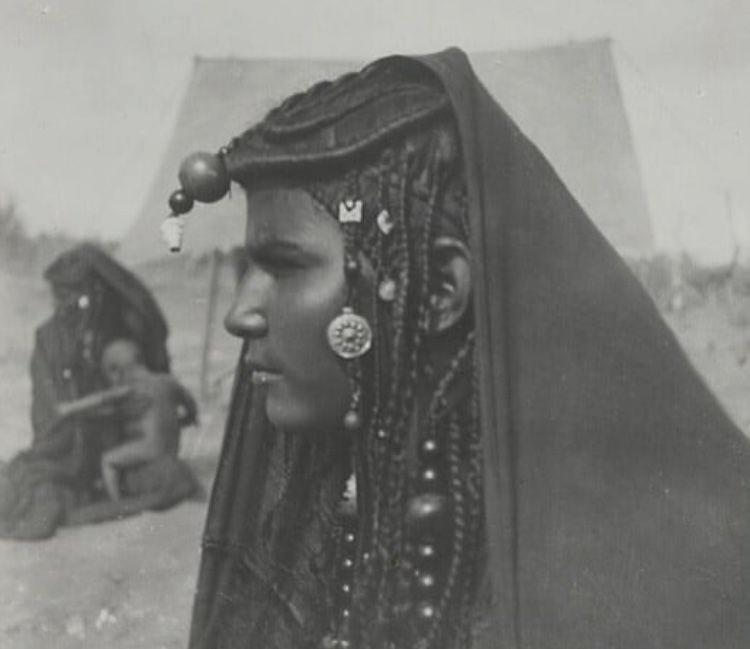







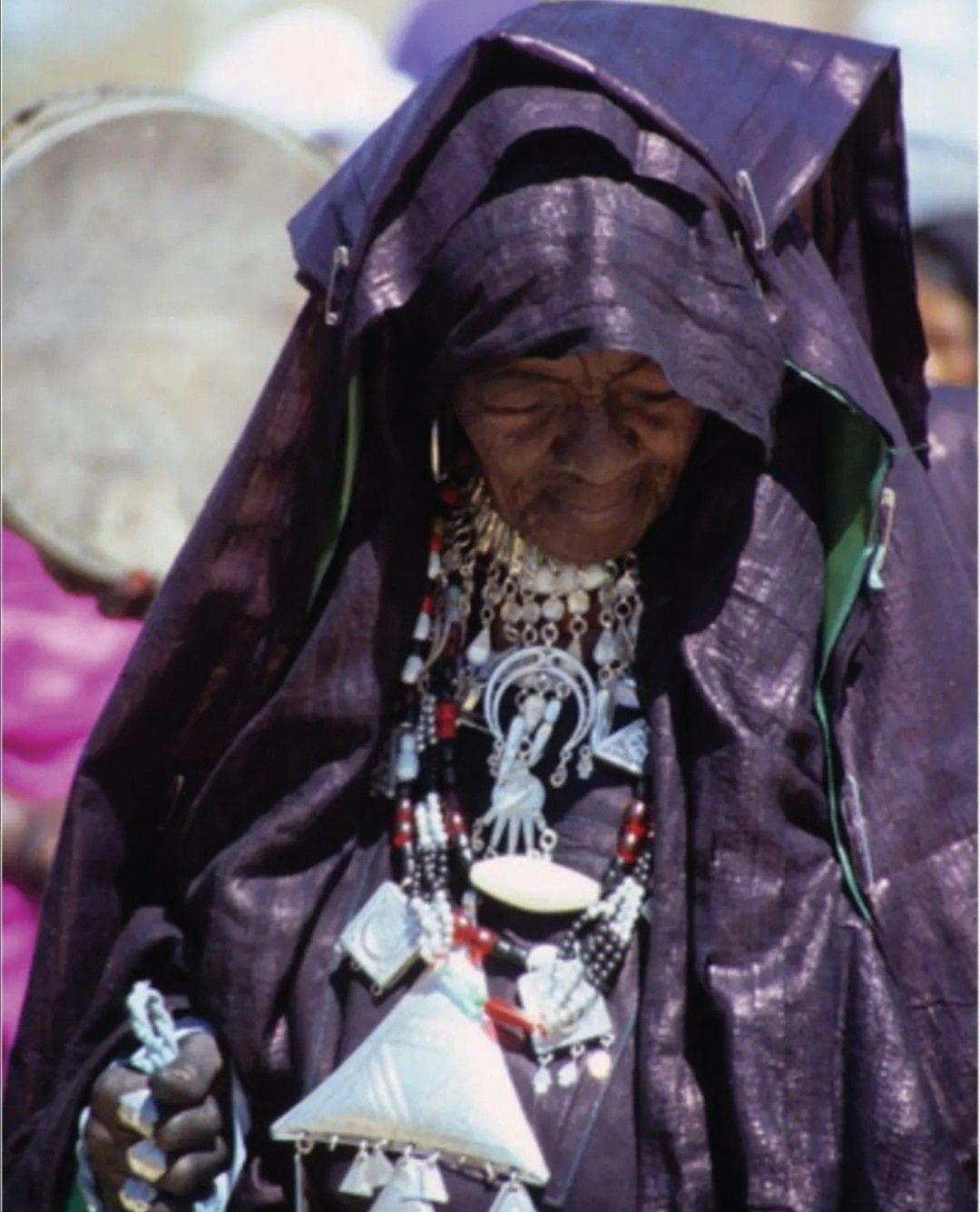

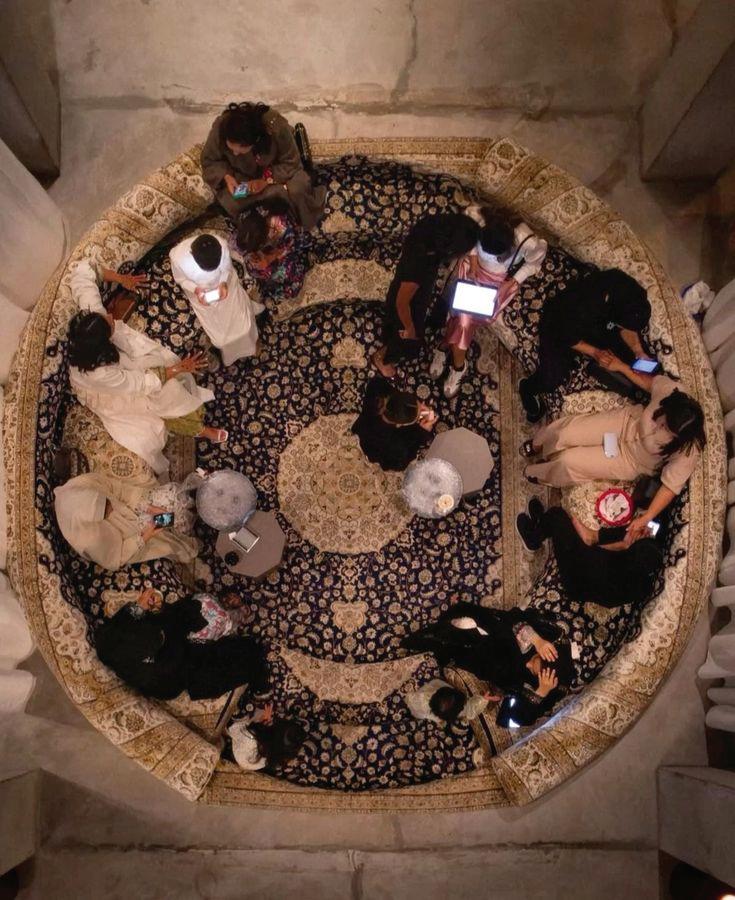






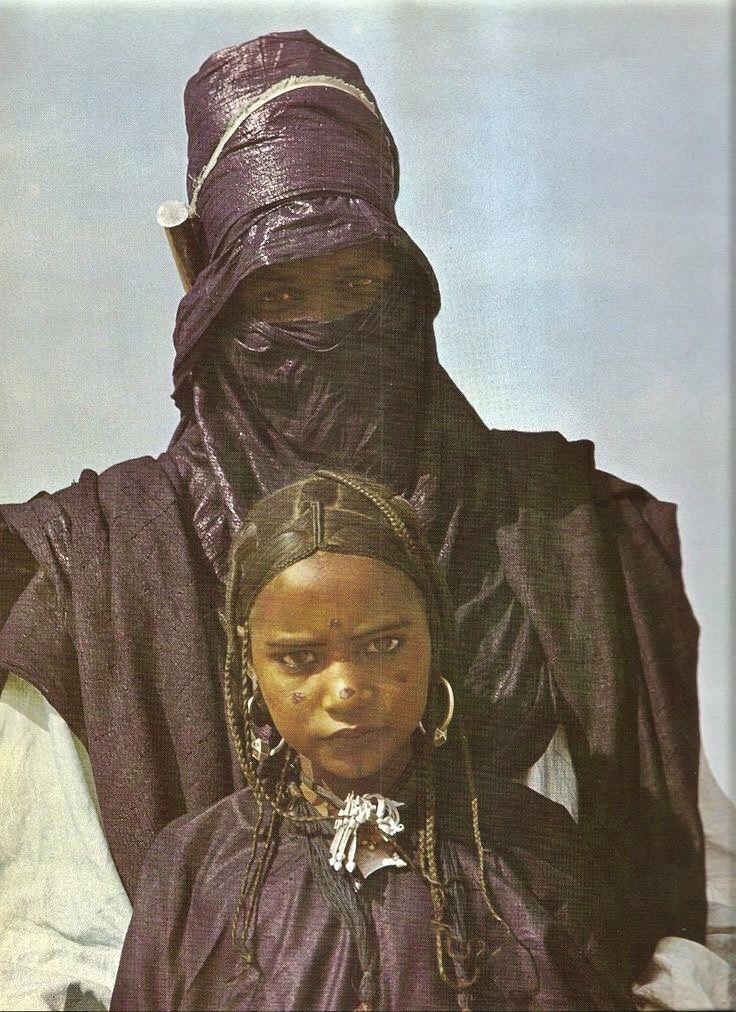
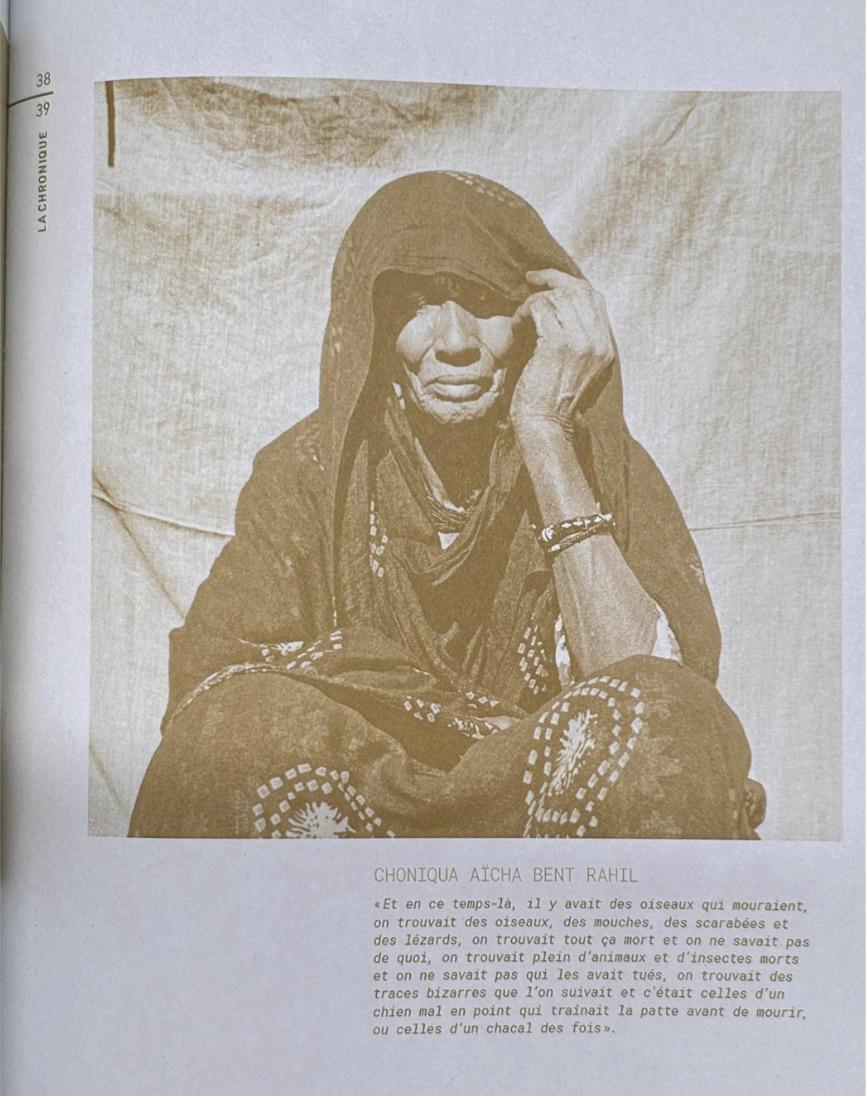






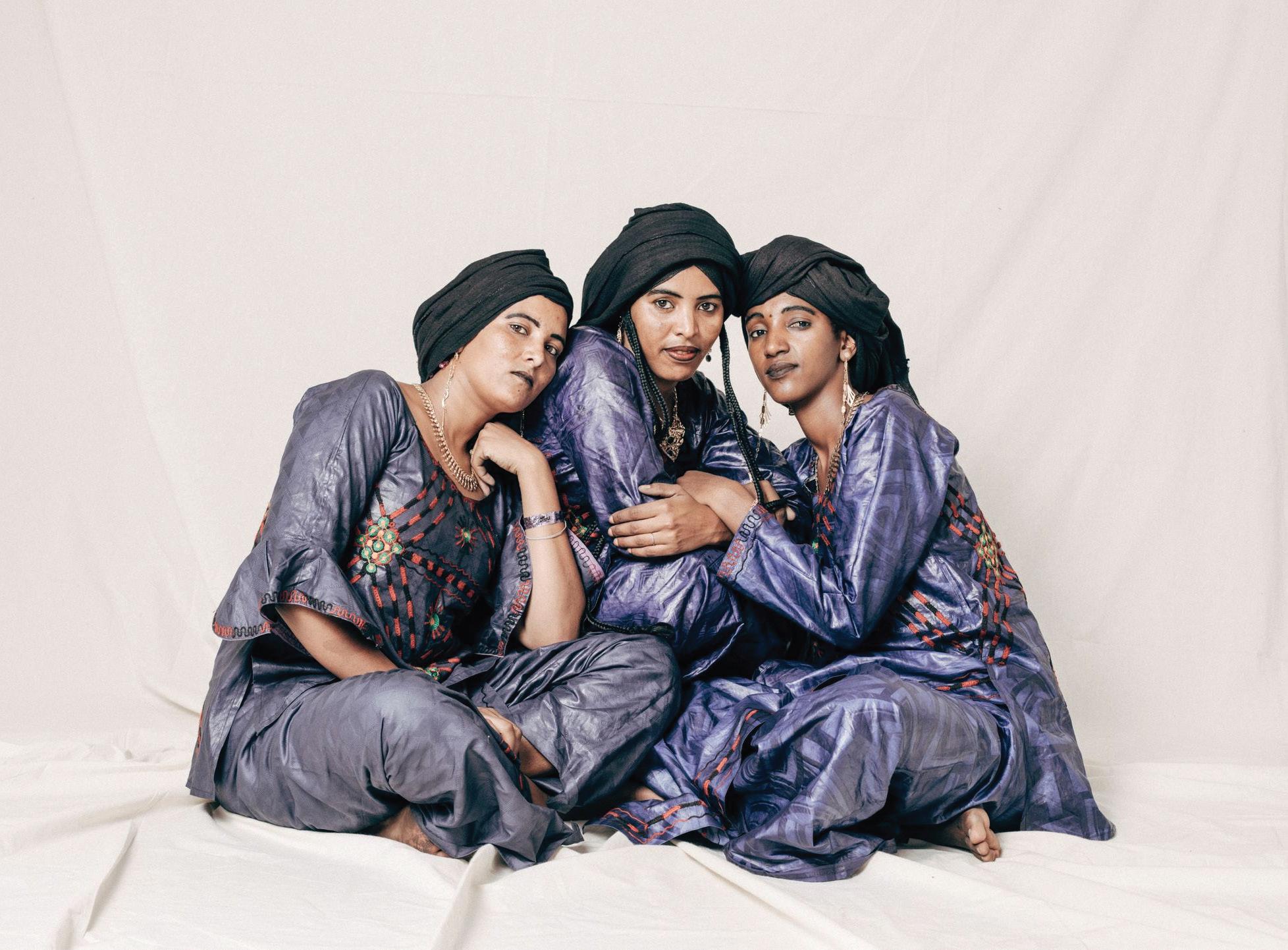

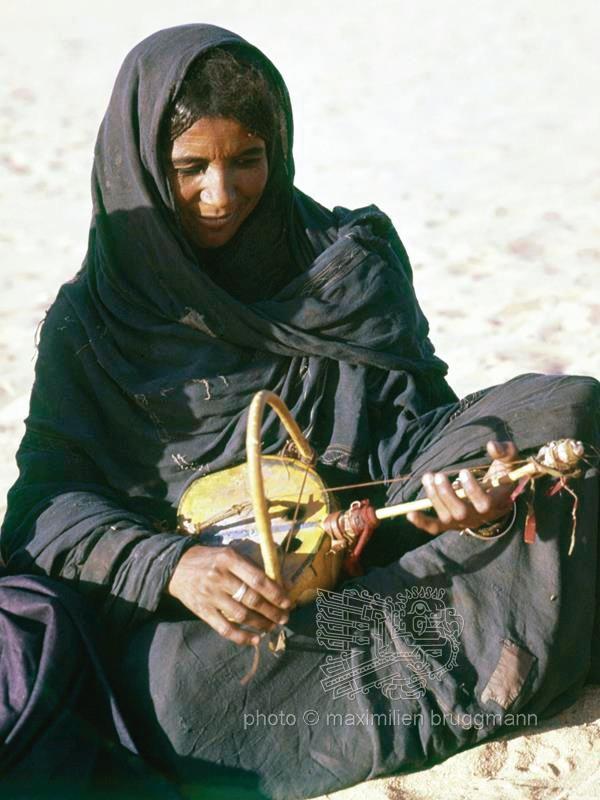
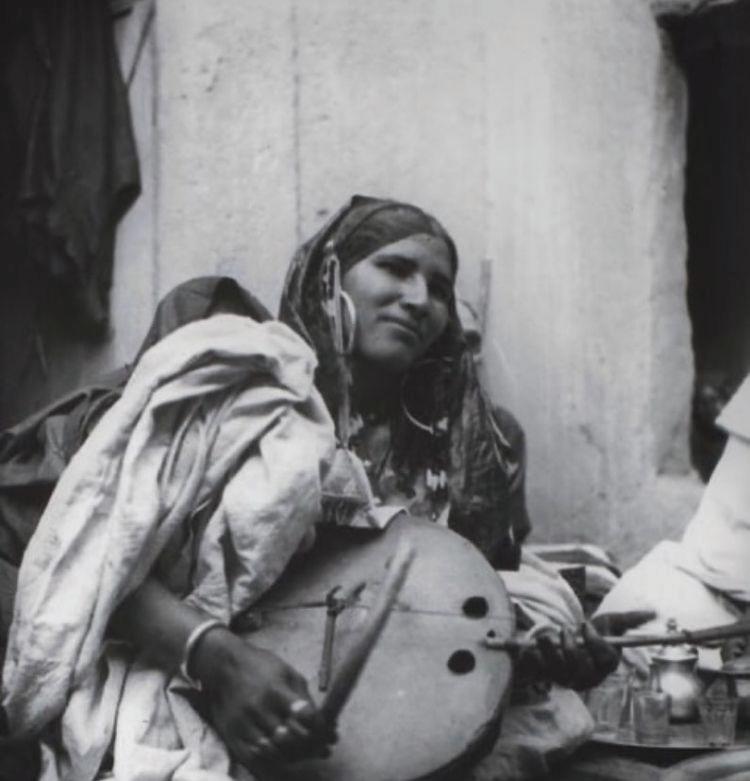



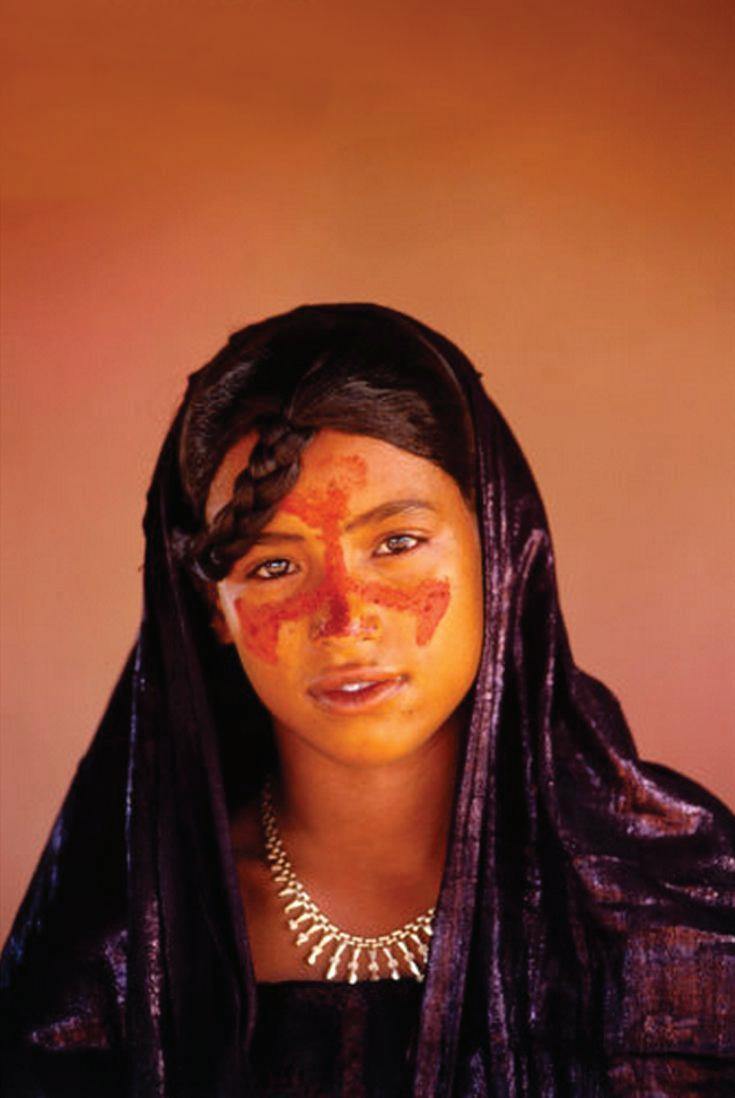
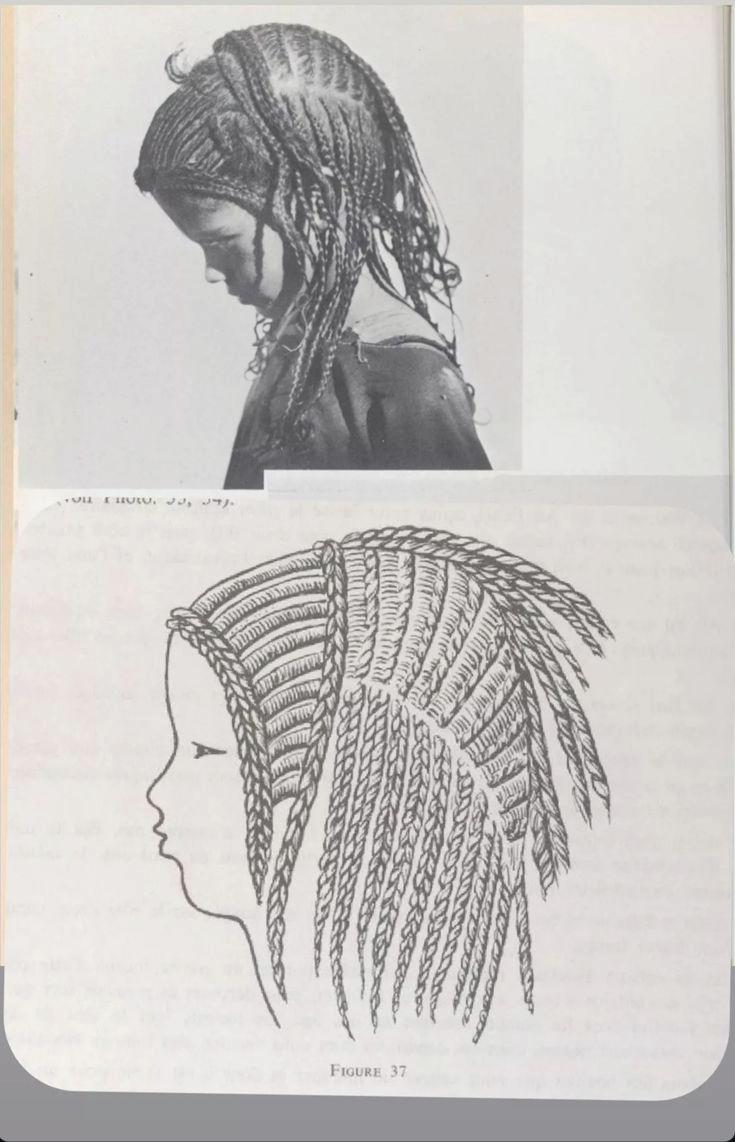





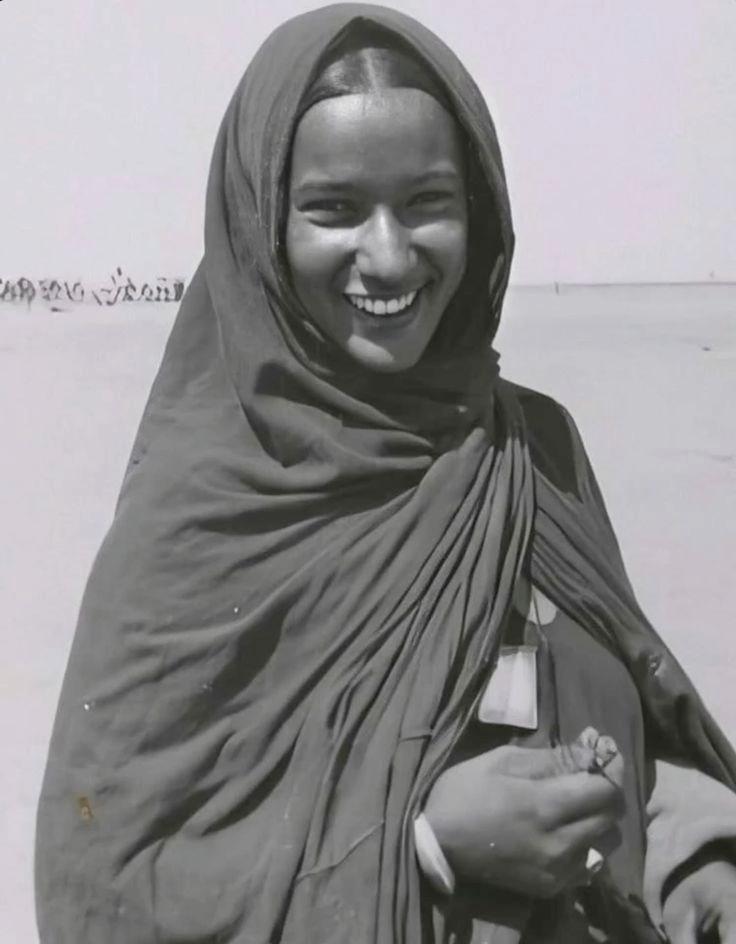









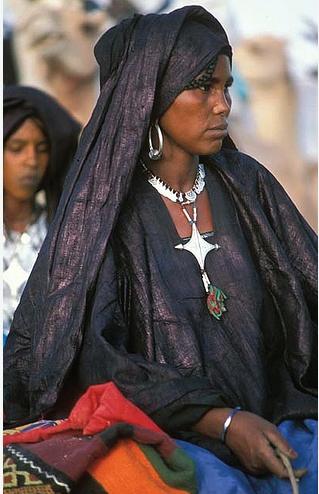





Shrine
Definition: I define the shrine as an operative, living infrastructure for justice, remembrance, and repair. It is neither monument nor spectacle but an active law-space where testimony, object, and ritual act as primary legal documents.
Material Form: Tent, cosmogram, enclave; a space woven from textiles, objects, ritual, and story. Ritual Manifestation: The site of ritual law, counter-archive, and matriarchal governance.
Cosmocide
Definition: I use the term cosmocide to name the total annihilation of a people’s world; material, relational, and spiritual. It is a violence more profound than ecocide or genocide, targeting the connective tissue binding people, land, ancestors, memory, and cosmic law.
Material Form: Scarred bodies, erased graves, poisoned earth, silenced ritual. Ritual Manifestation: The foundational crime which the shrine names, confronts, and seeks to heal.
Cosmocartocide
Definition: I define cosmocartocide as the killing of a world through the imposition of maps through cartography that overwrites the living geography of a people with extractive, colonial abstraction.
Material Form: Colonial maps, erased nomadic routes, drawn borders, legal deeds.
Ritual Manifestation: Countered by the shrine’s living cosmogram, oral mapping, and restoration of erased paths.
Ecomelancholia
Definition: Ecomelancholia is the rational, political grief of a people whose world has been wounded, erased, or denied. It is not personal pathology but collective anger at trauma which remains unhealed and unacknowledged.
Material Form: Oral testimony, poetry, garden, ritual lament. Ritual Manifestation: Held and transformed within the shrine’s counter-archive and garden of return.
Definition: I employ ‘counter-archive’ to describe a living, relational repository privileging embodied, oral, and material forms of knowledge; textiles, objects, songs, rituals over the static textual records of the state.
Material Form: Woven textile, hidden pocket, recorded testimony, object.
Ritual Manifestation: The law is not written but performed, protected, and renewed.
The Archive of the Soul
The core principle of the Counter-Archive, which recognizes that the most profound evidence of Cosmocide is held within the human being. It is composed of three interconnected layers:
The Soma:
The body as a living ledger. It is the physical record of trauma; the "deep, biological scar" of birth defects from radiation, the wounds of violence, and the disruption of the menstrual cycle.
The Psyche:
The internal landscape of memory and feeling. It is the record of grief, oral testimony, and Ecomelancholia.
The Spirit:
The collective, ancestral knowledge encoded in ritual, material culture, and sacred patterns. It is the source of resilience and the framework for healing.
Vessel of Memory
A physical object, natural or crafted that is ritually assigned to hold a specific testimony. It transforms an intangible story into a tangible artifact that can be entered as evidence in the Shrine's tribunal.
Memory Cave
A secret compartment within the Shrine's architecture; a hidden pocket in a textile, a box, a drawer that serves as the repository for the most sensitive or sacred testimonies and Vessels of Memory.
Matriarchal Weave
Definition: The matriarchal weave refers to the creative and social acts of women; textile, song, ritual, governance that generate the architecture and law of a just world.
Material Form: Cloth, women’s council, gift, and story. Ritual Manifestation: Protocol for collective governance and repair; the ‘thread’ of the shrine’s being.
Gynae-cosmology
Definition: Gynae-cosmology denotes a worldview and social law in which feminine knowledge, ritual, and authority structure the universe. It is the foundational cosmology of the Shrine.
Material Form: Matrilineal inheritance, sacred objects, mother earth. Ritual Manifestation: The framework of the shrine’s cosmogram and social protocol.
Matria-architecture
Definition: Matria-architecture is architecture emerging from gynae-cosmology: the design and use of space by and for women as sovereign, relational domains. The Shrine itself, as Bayt al-Qamar, is a Matria-architecture.
Material Form: Ehan tent, bayt al-sha'ar, siyah-chador.
Ritual Manifestation: The shrine itself is a matria-architecture; every law has its space.
Cosmocartography
Definition: Cosmocartography is mapmaking as an act of care, protection, and orientation; a map reflecting and preserving a unique cosmology, not enabling extraction or erasure.
Material Form: Mandalas, woven or sung maps, ritual placement of objects. Ritual Manifestation: Embodied by the cosmogram and the physical arrangement of the shrine’s evidence.
Cosmogram
Definition: A cosmogram is a diagram, mandala, or spatial arrangement which renders a worldview tangible and orienting a living map of law and relation.
Material Form: Shrine floor plan, ritual mandala, arrangement of testimonies.
Ritual Manifestation: The basis for all assembly and orientation within the shrine.
Definition: The sacred hand of protection; re-imagined here as a fivefold framework for justice: Truth, Justice, Reparations, Guarantees of Non-Repetition, and Remembrance.
Material Form: Hand amulet, five-object altar, fivefold protocol.
Ritual Manifestation: Structure for ritual action and governance in the shrine.
Definition: A governance system based on restorative justice: non-hierarchical, matriarchal, always assembled in a circle.
Material Form: Circle seating, witness ledger, oral assembly.
Ritual Manifestation: Every gathering, testimony, or act of repair is performed in this form.
Definition: The slow, generational healing of relationships severed by cosmocide between people, land, ancestors, spirit.
Material Form: Weaving, planting, gift-giving, healing gardens.
Ritual Manifestation: The shrine’s ultimate work; every act is a seed of repair.
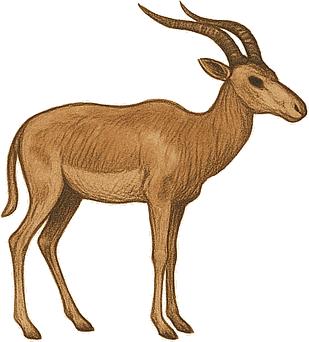





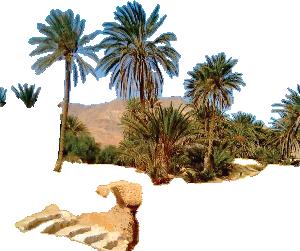




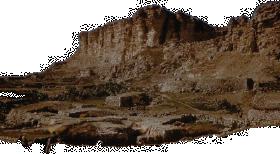







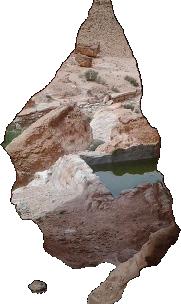
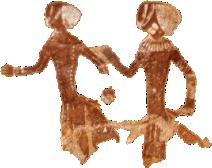






2. The Logger Function: Log the Testimony
When a witness presents their story or a Vessel of Memory, this "key" is touched to the object. This action formally enters the testimony into the Witness Ledger. It is the official act of logging the evidence into the Counter-Archive.
1. The Opener Function: Open the Circle
This instrument is physically held aloft at the beginning of any ceremony. Its presentation declares the space sacred, silencing the outside world and formally opening the Law of the Circle. It is the key that turns a physical space into a tribunal.
8. The Closer Function: Close the Circle
At the very end of a ritual cycle, this final key is used. It is touched to the entrance of the Shrine to signify that the work is complete, the sacred space is now closed, and the story has been integrated. It is the lock that concludes the process.

3. The Seal Function: Seal the Archive
After a testimony is logged during the New Moon phase, this symbol is placed upon the cloth or door of the Memory Cave. This ritually seals the archive, placing the vulnerable testimony under sacred protection until it is time for the tribunal.
4. The Weaver Function: Weave the Lineage
During the Waxing Moon phase, this symbol is the focal point for the keepers of the archive. It is placed on their loom or workspace as they research the history connected to a testimony, physically and spiritually guiding the work of the Matriarchal Weave.
7. The Prescription Function: Prescribe the Repair
After a judgment is declared, this vessel-shaped symbol is used to designate the specific healing action required. It is placed next to the herbs for the Ritual of Herbal Healing or alongside the materials needed for an act of Relational Repair. It is the key to the pharmacy of justice.
5. The Convenor Function: Convene the Tribunal
To call the community for the Full Moon Tribunal, this symbol is placed at the center of the cosmogram. It is the formal invitation and the signal that the public assembly is to begin.
6. The Scale Function: Declare the Justice
At the climax of the tribunal, when a verdict is reached, this instrument is held by the matriarchs. Its balanced form represents the weighing of evidence and the declaration of a just outcome. It is the symbol of the final, spoken judgment.

The Saharan Shrine
Surah Damanhoori (2025)
Formula Materia Medica of the Shrine
The Shrine is assembled from a collection of sacred and testimonial materials. Each component is a vessel of memory, a legal instrument, and a tool for Relational Repair.
I. The Foundation
Sahara Rocks (various) & Sahara Sand
The physical ground of the Shrine. These materials are the primary witnesses to both the deep, geological time of the Sahara and the shallow, violent time of colonial extraction. They hold the memory of what was and the dust of what has been lost.
The Herbal Law (Botany)
Though physically absent, the nine herbs of the Herbal Law are the central agents of healing. Their presence is ritually invoked and their power is held within the Trinity Vessels, which remain empty to signify both the loss of traditional knowledge and the sacred space being held for its eventual return.
II. The Archive
Tuareg Leather Handmade Carpet
The heart of the project and the Ground Cloth of the tribunal. A matrilineal vessel of memory that traces a journey from a grandmother's migration to the Sahara, it functions as a personal archive laid down in solidarity with a collective one.
Tuareg Silversmith Amulets
The eight sacred instruments of the tribunal, the "Keys of the Shrine." Each amulet corresponds to a specific ritual function Opening the Circle, Logging Testimony, Declaring Justice and is used to perform the Lunar Protocol.
Organza & Chiffon Silk Fabrics
These translucent textiles form the Shrine's enclosure. Their layered sheerness represents the veil between the physical and spiritual worlds, the spectral nature of memory, and the "ghost maps" of geographies erased by Cosmocartocide.
III. The Cosmology Cosmological Motifs
The Tuareg, Celestial, Egyptian, and Calligraphic patterns that adorn the textiles and vessels. The legal and spiritual language of the Shrine's Gynae-cosmology, rendering its worldview tangible.
The Trinity Vessels
Three central vessels that represent the three layers of the Archive of the Soul: one for The Soma (the body), one for The Psyche (memory), and one for The Spirit (ancestral knowledge).
The Central Cosmogram (Christina Geros Table)
The non-hierarchical surface upon which the Law of the Circle is enacted. This round table is the site of judgment where the Ritual Almanac and Vessels of Memory are placed to activate the tribunal.
IV. The Atmosphere Bakhoor & Incense
While physically absent due to hazard restrictions, the sacred scents of Bakhoor and Harmal are ritually invoked. Their conceptual presence is essential for purifying the tribunal space and clearing the air of institutional denial.
Sonic Archive: Loop tracks by Les Filles De Illighadad
The sonic heartbeat of the Shrine. The looped tracks of this Tuareg matriarchal band provide a continuous atmosphere of resilience, joy, and feminine power, serving as a testament to the feminine joy.
Invoice for a Wounded World
Billed To: The Institution, The Academy, The Canon From: The Office of Relational Repair The Matriarchal Counter-Archive
Date: August �, 2025
Invoice No: 1962-2025 (From the first crime to the first accounting)
Project: The Saharan Shrine
Line Items:
Description
1. Institutional Tithe (Tuition & Fees)
2. Materia Medica (Archival & Ritual Materials)
3. Sustaining the Witness (Rent, Food, & Cost of Living While Archiving)
4. Archival Journeys (Travel + Tools)
SUBTOTAL (Quantifiable)
Cost (£)
£30,000+
£500+
£10,000+
£1,000+
£40,000+
5. Somatic Toll (Wounds, Blood, & Personal Sacrifice) Incalculable
6. Matrilineal Debt (A Mother's Invisible Labor and Support) Incalculable
TOTAL DUE:
£40,000 + A Debt That Cannot Be Repaid